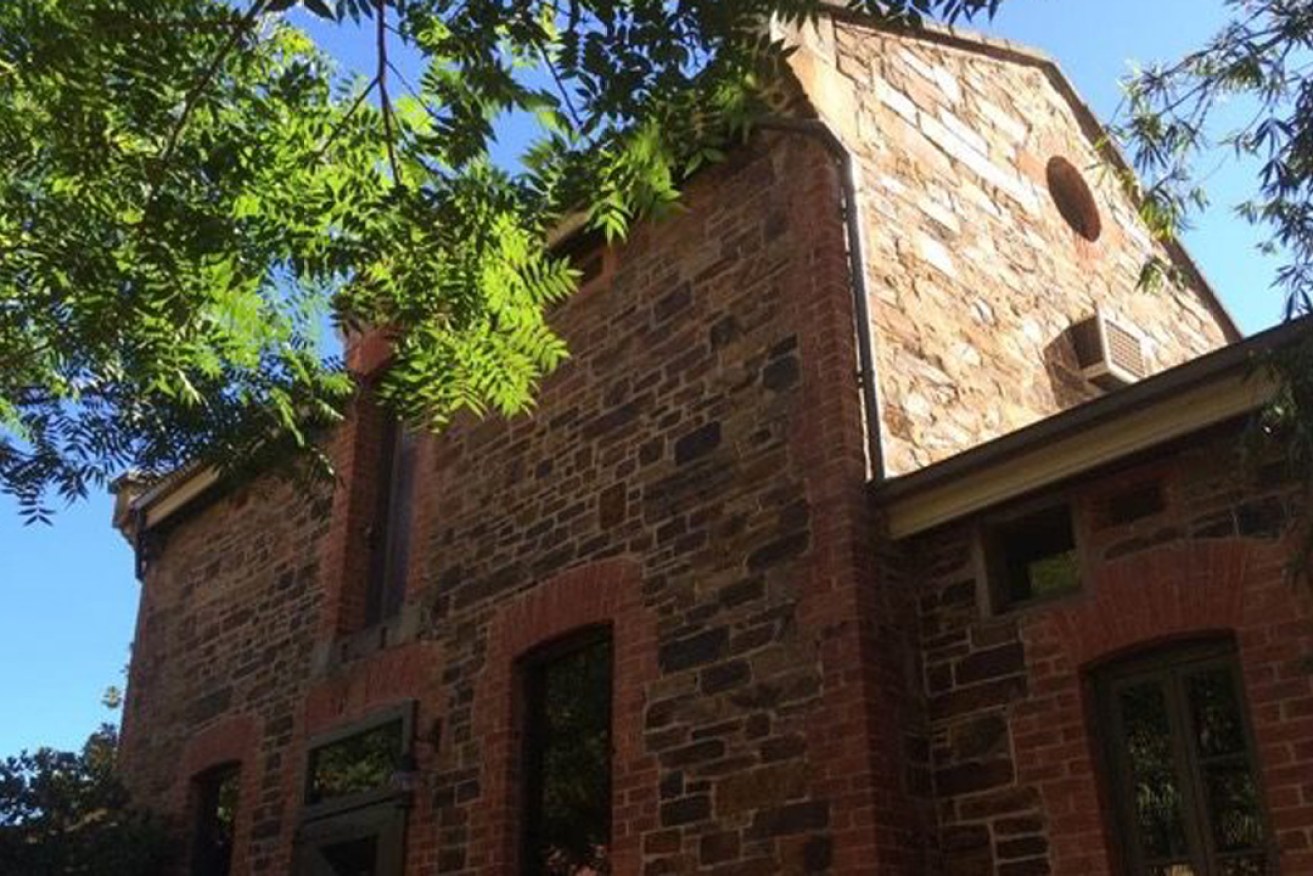Knoll accused of misunderstanding key heritage rules
City councillors have accused Planning Minister Stephan Knoll of misunderstanding key North Adelaide heritage regulations, even as they lobby him for new concessions to protect the historical buildings they say are under threat.


The chapel at St Mark's College is among the nine North Adelaide buildings that failed to gain permanent heritage status last month. Photo: Sandy Wilkinson / Facebook
Councillors Sandy Wilkinson and North Ward councillor Phil Martin told this week’s council meeting that it appeared Knoll was acting on a misunderstanding when he accepted Planning Commission advice to deny nine North Adelaide buildings local heritage listing last month.
Knoll told InDaily at the time that rejection of heritage listing did not mean the buildings would be demolished because “I’m very confident that the North Adelaide historic conservation zone will appropriately safeguard these buildings”.
But the councillors told the meeting Knoll was simply wrong and that most of nine the buildings – six cottages on the site of Kathleen Lumley College, a former mortuary at Calvary Hospital, a chapel at St Mark’s College and Lohe Memorial Hall at the Australian Lutheran College – were at risk of being knocked down as a result of Knoll’s decision.
“What was really disturbing was that … they got it seriously wrong,” said Martin.
“If you’ve got a government and a planning (commission) that don’t understand the levers … we’ve got a real problem.”
Lord Mayor Martin Haese told InDaily that the North Adelaide heritage zone does not protect the buildings.
“It was suggested (that) the North Adelaide conservation zone would afford them protection,” he said. “It doesn’t.”
InDaily has contacted Knoll for a response.
The council on Tuesday evening instructed Haese to lobby the Government to reword the local heritage criteria on which the Planning Commission bases its decisions.
In particular, the council wants a pre-amble added so that “superficial alterations” to historical buildings and fences erected in front of them, cannot, in themselves, prevent heritage listing.
The alterations identified include ostensibly reversible paint or render over masonry and changes to windows, verandahs or balconies.
The council wants it “acknowledged that buildings are altered over time and that alterations may be significant … in themselves and therefore should not preclude listing of such buildings”.
Wilkinson said that superficial alterations and buildings being hidden behind fences were among the reasons for the nine North Adelaide buildings not being heritage listed.
Meanwhile, Knoll has approved the listing of 128 new Local Heritage Places east of Adelaide, in the Mid Murray region.
According to the government, the local heritage listings, in the townships of Keyneton, Cambrai, Tungkillo, Palmer and Mannum, are the first to be approved in the history of the Mid Murray Council (which applied for the development plan amendment to have the buildings listed).
“My understanding is that the Planning Commission was very impressed with the quality and thoroughness of Mid Murray Council’s submission,” said Knoll.
“These historic buildings contribute to the character of the Mid Murray region and add to the region’s tourism offering.”
The State Planning Commission was glowing in its assessment of the Mid Murray Council’s submissions – contrasting sharply against its commentary on the Adelaide City Council’s submissions concerning the nine North Adelaide buildings.
The body acknowledged the “significant investigations undertaken by the Mid Murray Council to demonstrate the properties warranted heritage listing” against the statutory criteria of the Act.
“The commission upholds high standards for heritage listings, and has a pivotal role in ensuring that heritage decisions are made on a rigorous and professional basis,” State Planning Commission hearing panel member Allan Holman said in a statement.
“All applicants are treated fairly, without bias or favour.
“We assess heritage listing proposals on the merit of the applications we receive.”
In relation to North Adelaide, the commission had considered four of the nine buildings – the Lohe Memorial building, St Mark’s College Chapel, the Calvary Hospital mortuary and one of the cottages at Kathleen Lumley Cottage – may have been worthy of heritage listing.
However, according to its reasoning, the council had failed to produce enough justification to warrant their protection.
In the case of the St Mark’s College chapel – which is considered the least likely of the nine to be at risk of demolition, because the college did not object to its heritage listing – the hearing panel said that the building “may be worthy of listing” however “the evidence provided fails to provide sufficient justification of the significance against the criteria”.
“The panel notes that the argument has been diluted and fails to draw a connection between the building and its importance as an outbuilding … (and) there is inadequate comparative analysis to establish the relative importance of this property as a significant exemplar in the wider North Adelaide context.”
In the case of the Lohe Memorial Hall, the panel found that while it “may be worthy of listing … later additions have substantially altered the original building and there are limited interpretable remnants of the original gym”.
“The proposed listing places importance of the original use and form, and no value has been (placed) on their later additions/use.
“Further justification for the listing is required.”
But Haese said the council remained disappointed in the decision – which is ultimately Knoll’s – not to list the buildings.
He said the council, and an independent consultant it commissioned, believed all nine buildings met at least one of the statutory criteria required from local heritage listing.
At it meeting this week, the council also offered a quid pro quo to Calvary Hospital concerning another building – the cottage at 306 Ward Street – which the hospital has now purchased.
The council is offering the hospital 80 free car parking spaces in return for the hospital developing on its existing site rather than demolishing the cottage to expand.




